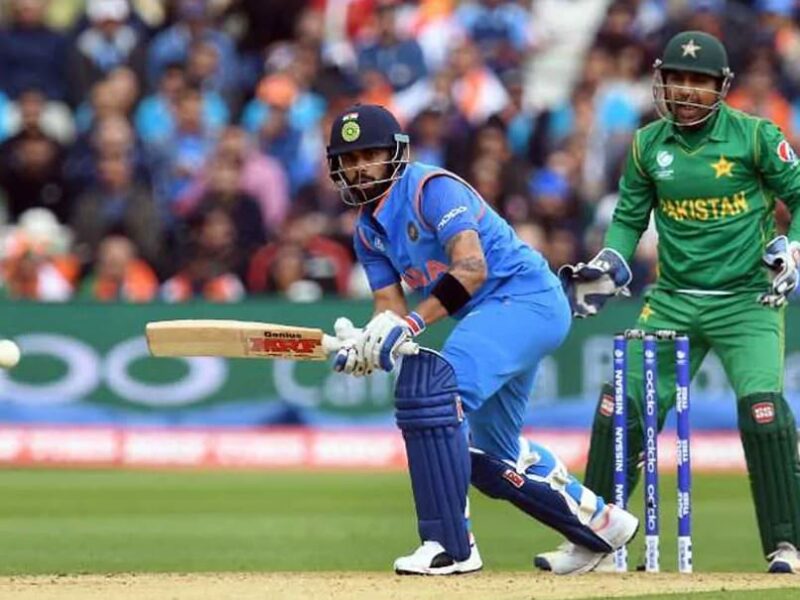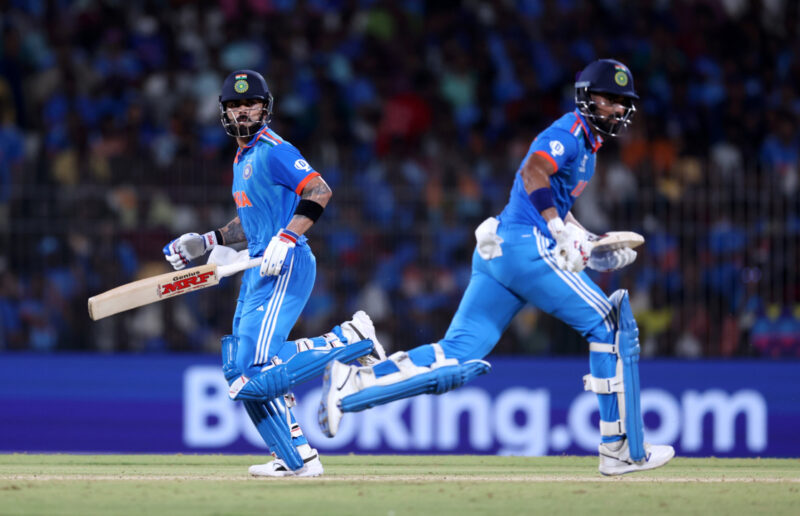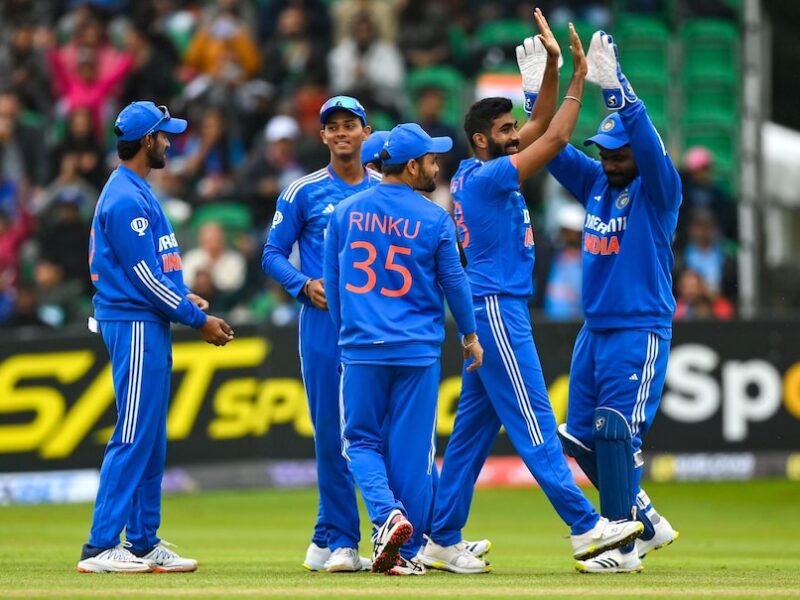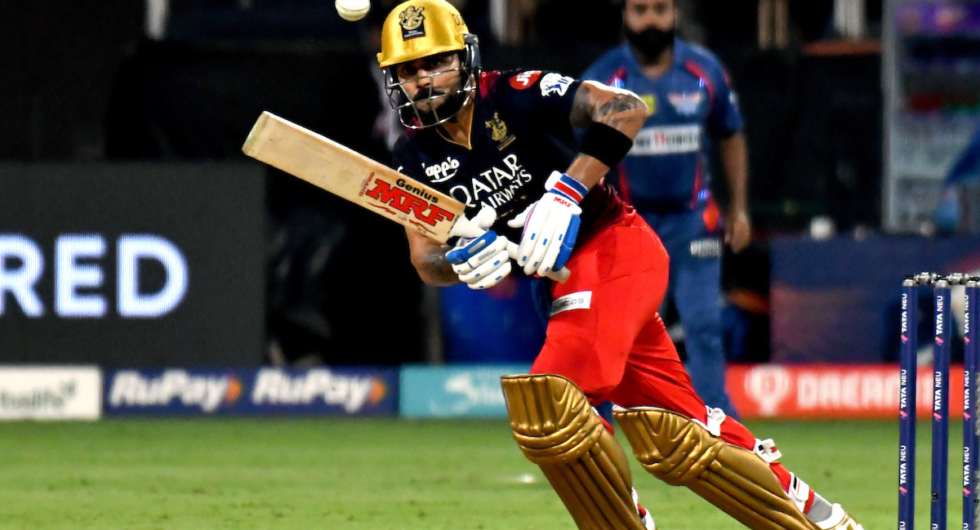Cricket, a game of strategy and skill, captivates millions worldwide. Predicting the outcome of cricket matches, though challenging, is thrilling. Successful predictions hinge on a detailed analysis of various factors.
This blog post guides you through essential aspects to consider when analyzing cricket matches. From understanding the basics of the game to diving into team composition and weather forecasts, we’ll cover it all. Whether you’re a cricket enthusiast or a novice, this post will equip you with the tools to make informed predictions.
Understanding the Basics
Cricket, a game with unique terminology and rules, can be complex for beginners. The game revolves around two key elements: batting and bowling. Teams score ‘runs’ while batting and aim to take ‘wickets’ while bowling.
An ‘over’ consists of six legitimate deliveries bowled by a bowler. The field is marked with boundaries, and hitting the ball beyond these scores extra runs. Grasping these fundamentals is crucial for analyzing matches, as each aspect plays a significant role in determining the game’s flow and outcome.
The Role of Statistics
Statistics are the backbone of cricket analysis. They offer insights into a team’s and players’ performance. Commonly used statistics include batting averages, which reflect a batsman’s consistency, and bowling figures, which show a bowler’s effectiveness.
Analyzing these statistics helps in understanding team strengths and weaknesses. A high batting average indicates a reliable batsman, while impressive bowling figures suggest a potent bowling attack. Delving into these statistics can provide a clearer picture of what to expect in a match before you try to guess the score at the best online casino app you’re using for sports betting.
Team Composition

A cricket team’s composition significantly influences its performance. Assessing a team’s lineup involves looking at the balance between batsmen and bowlers. A strong team typically has a mix of aggressive and defensive batsmen and a variety of bowlers, including pace and spin options.
The presence of all-rounders, who can contribute both with bat and ball, adds depth to the team. Analyzing the team composition helps in predicting how they might fare under different match conditions.
Pitch and Ground Conditions
The pitch and ground conditions can dramatically alter a cricket match’s dynamics. Pitches can vary from being batting-friendly to assisting bowlers. Dry, hard pitches favor batsmen, while damp, grassy pitches assist bowlers, especially seamers.
Ground conditions, like outfield speed and boundary size, also play a role. A quick outfield and short boundaries generally result in high-scoring games. By examining these factors, one can gauge the likely nature of the match and which team it may favor.
Form and Performance

Recent form and performance are critical indicators of a team’s current standing. Evaluating a team’s performance in recent matches, including wins and losses, helps in understanding their momentum.
Teams on a winning streak generally carry confidence and are likely to perform well. Conversely, teams struggling with form might be low on morale. This analysis is essential for predicting how teams might perform, especially in pressure situations.
Player Form
Individual player form is as crucial as team performance. Analyzing key players’ recent performances, such as a batsman’s scoring streak or a bowler’s wicket haul, offers valuable insights into their current form. Consistency in scoring or taking wickets typically suggests ongoing strong performance.
Additionally, the impact of injuries and player availability cannot be overstated. A team missing its star players might find it challenging to compete against a full-strength opponent. Therefore, tracking player fitness and form is vital for accurate predictions. Monitoring player milestones, like centuries or five-wicket hauls, also adds depth to this analysis.
Head-to-Head Records

Head-to-head records between teams are a treasure trove of historical performance data. Certain teams tend to perform exceptionally well against specific opponents, possibly due to psychological edges or compatibility of playing styles. Delving into past encounters offers crucial insights into likely outcomes of upcoming matches.
This data, typically accessible on sports websites and databases, can be pivotal, especially in evenly matched contests. It’s also important to note any changes in team composition since the last encounter, as this could influence the dynamics of the match significantly.
Weather Forecast
Weather’s influence in cricket is profound. Rain can cause delays and interruptions, significantly impacting team strategies and the game’s flow. Overcast conditions generally favor bowlers, particularly seamers, due to increased ball swing.
Conversely, sunny and dry weather tends to aid batsmen, making the ball easier to hit. Thus, checking the weather forecast for match day is crucial. This not only helps in anticipating how the match might unfold but also in determining which team could gain an advantage under specific weather conditions. Sudden weather changes can also bring unpredictability, adding an extra layer to match analysis.
Match Venue

The venue of a cricket match plays a significant role in shaping its outcome. Each ground has unique characteristics that can benefit certain teams or players. Some grounds are notorious for high scores, while others typically host low-scoring games.
Understanding these nuances is key to predicting team performances under various conditions. The concept of home advantage is also vital, as teams are usually more comfortable and confident playing in familiar surroundings. Additionally, the historical performance of teams at specific venues can provide insights into their adaptability and strategy.
Betting Tips and Strategies
For individuals interested in betting, it is essential to start with the basics, such as understanding odds and practicing responsible betting. Strategies should encompass a thorough analysis of all the factors discussed earlier, including team performances, player forms, venue history, and even weather conditions. Identifying patterns in these areas can guide more informed betting decisions.
Consulting expert opinions and detailed statistical analyses can also be beneficial. However, it’s crucial to acknowledge the inherent unpredictability of cricket. While thorough analysis can improve betting outcomes, it cannot guarantee success, underscoring the need for caution and responsible betting practices.
Conclusion
Analyzing cricket matches for successful predictions involves considering various factors, from the basics of the game to detailed statistics and weather conditions. By understanding these elements and applying them in your analysis, you can enhance your ability to predict match outcomes. Start with this guide and delve deeper into each aspect for more informed predictions. Happy analyzing!

